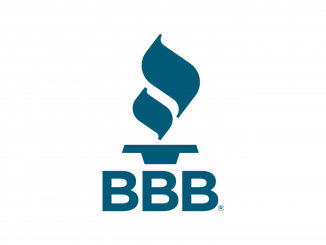
By Kenneth Surbrugg, Director of the Center for Entrepreneurship at Missouri Southern State University
Every year I go to my doctor and get a checkup. My vitals are checked and compared with previous checkups and then we review my current health to put together an improvement plan for the upcoming year, which covers diet, exercising, giving blood, avoiding stupid and hazardous things, etc.
This got me thinking about a conference workshop that I attended a few years ago about small business checkups. A business checkup is similar to a medical checkup in that the business checks its vitals and then those results are compared with previous performance. At the end of the checkup, an improvement plan is created.
A business checkup may include some variation of the following:
- Sales: Are sales higher or lower than a year ago? By how much (in dollars and percentage)? What is the three- and five-year trend in sales growth? The impact of COVID really skews this analysis, so a longer-term review is necessary to see how your sales have changed from pre-COVID to post-COVID.
- Gross Profit: This is a simple calculation and is found on your company’s profit and loss statement. gross profit equals sales minus cost of goods sold. Gross profit is the money that is left to cover operating expenses, service debt payments, and provide profit. Are gross profits higher or lower than a year ago? What is the trend in gross profits expressed in dollars and percentages? What is the three- and five-year trend?
- Total Operating Expenses: These are all the other expenses that the business incurs. Operating expenses include selling, administrative, and general expenses. Examples include: rent, insurance, supplies, wages, and other expenses that you pay to operate your business. What are the one-, three-, and five-year trends in total operating expenses?
- Net Profit (Net Income): This is commonly referred to as the bottom line, and it’s also found on a profit and loss Statement. Net profit is calculated by subtracting total operating expenses from gross profit. After all is said and done, this is what is left (or not left) after generating sales and paying your bills. Is this positive or negative, and by how much? What are the one-, three-, and five-year trends in net profit?
- Return on Equity: This is a measure of the financial performance calculated by dividing Net Profit (Net Income) by Total Equity. Total equity is found on your company’s Balance Sheet, and is calculated by subtracting Total Liabilities from Total Assets. Return on Equity measures profitability and how efficient the business is in generating profits. Again, what are the one-, three-, and five-year trends?
After looking at your business’s recent performance from the last year, as well as the three- and five-year performance, look at the trends in each of these categories. What is going on in each of them and why? For example, there might be a noticeable increase in total operating expenses. Why? Did wages increase? Was this planned or unplanned? Whatever the reason, try to identify the causes and make note of the results. This gives you data to help you develop plans and goals for the upcoming one to three years.
In doing this checkup, make sure to review your marketing efforts and how effective those efforts are in keeping existing customers and attracting new ones. If sales are up or down, what are the causes? Are your marketing efforts consistent? Have consumer tastes and preferences changed? Are your marketing efforts directed to the same target market or are you trying to reach other customers? Is this planned or a reaction to some stimuli? Remember that your business exists to provide a product or service to customers who choose your products or services over other alternatives.
The above checklist does not happen without customers — customers who spend their money (sales) on products or services (cost of goods sold which translates to gross profit). Your business operates (total operating expenses) to serve those customers and in doing so, gives you the opportunity to generate positive profits and a healthy return on equity.
This business checkup, if done consistently over time, can help you create plans for growth in terms of customers, sales, and (fingers crossed) net profits.
Keep innovating.







Be the first to comment